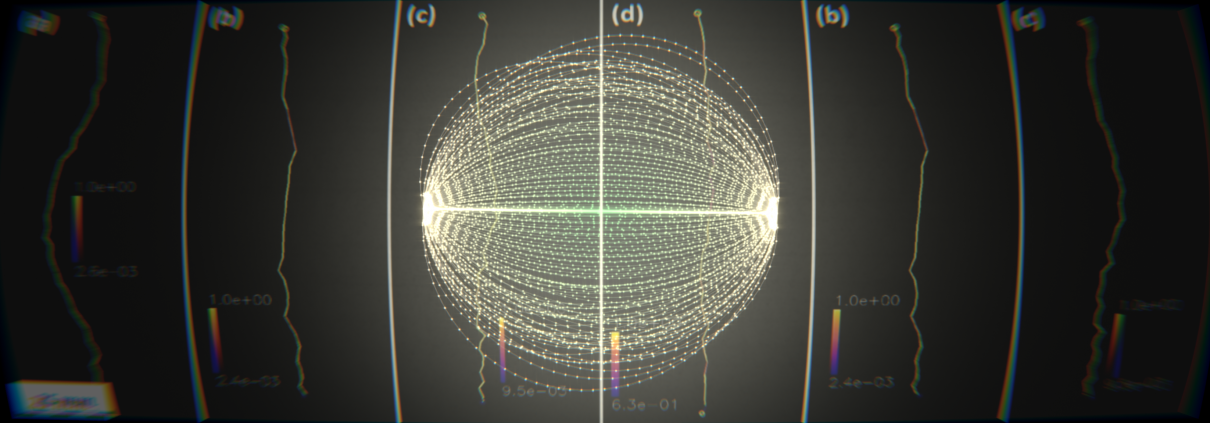A new publication in the journal “Experiments in Fluids”
A new publication has been published by researchers from the Institute of Numerical Modelling, Peteris Zvejnieks, Mihails Birjukovs, Martins Klevs and Andris Jakovics. The article “MHT-X: offline multiple hypothesis tracking with algorithm X” has been published in the journal “Experiments in Fluids” (Q1) on March 8th, 2022. The article was written in collaboration with the Helmholtz-Zentrum Dresden-Rossendorf researchers Megumi Akashi and Sven Eckert.
Multi-phase flows include complex particle, bubble and drop motion, as well as collective dynamics (e.g. collisions, coalescence, breakup, etc.). To understand the physics and characteristics of such systems, it is very often necessary to reconstruct the trajectories of the above-mentioned objects accounting for their interactions.
Multiple hypothesis tracking (MHT) is a computer vision algorithm that allows one to track the movement of objects and derive their trajectories. MHT is considered to be the most general and robust approach. Unfortunately, when working in real time with large amounts of data, this algorithm is too computationally expensive. However, unlike other sectors (military, surveillance, transport, etc.) where data recognition is required at once (online), science often does not require an immediate interpretation of data. Much more important is the accuracy and relevance of the results obtained.
The article offers a new approach to optimization of the MHT algorithm by switching to its offline form. In this form, when looking for optimal associations between objects (corresponding motion scenarios) to reconstruct trajectories, it is possible to do so with Algorithm-X. This allows for a very significant reduction in computational complexity. Then the most likely trajectories are selected using motion models.
The newly developed MHT-X algorithm is fast and universal. Using different motion models one can also study the movement of other objects.
The study is a part of the ERDF project “Development of numerical modelling approaches to study complex multiphysical interactions in electromagnetic liquid metal technologies” (No. 1.1.1.1/18/A/108).


